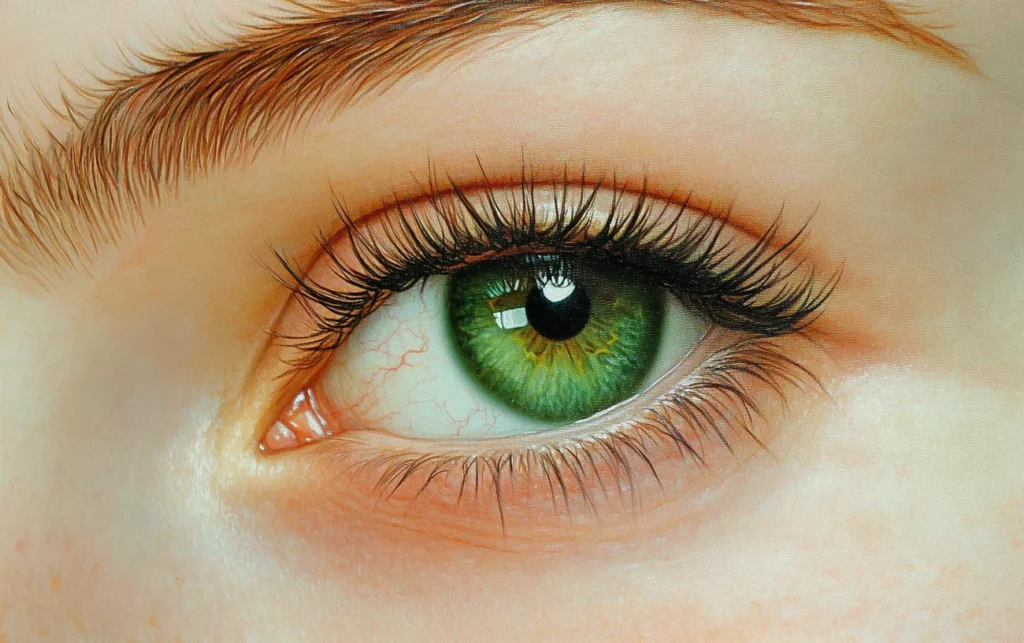Eyes hold a profound depth, captivating artists, photographers, and filmmakers alike as they strive to capture their beauty in their works. The variety of eye colors, expressed by the intricate patterns of the iris, is truly mesmerizing. Here are five surprising facts about eye color that may change the way you see this everyday marvel.
1. Chameleon Eyes
Eyes are often described as the window to the soul, but what if this metaphor was truer than we think? Chameleon eyes do exist — a unique feature where the eye color shifts based on lighting, time of day, clothing, or even mood. This effect is seen in individuals with lighter eyes that contain minimal melanin. The low pigment allows light to scatter in different ways, creating a spectrum of colors that can change appearance throughout the day.
2. Green Eyes Are Deceptively Simple
Green eyes have long been associated with magic and mystery, and for a good reason: they don’t actually contain any green pigment. The color results from a combination of low melanin levels, which produce a blue or blue-gray appearance, and the presence of a yellow-brown pigment called lipofuscin. When blue mixes with yellowish tones, it creates the striking green color. This unique combination makes green eyes rare, most commonly found in populations of Scotland, Ireland, and Iceland.
3. Heterochromia: Nature’s Kaleidoscope
Heterochromia is the term for a phenomenon where melanin distribution is uneven, resulting in two different-colored eyes, one of which is often brown. This can also occur within a single eye, where the section around the pupil is darker due to higher melanin concentration, creating a dual-tone appearance. There is even a variation called sectoral heterochromia, where part of the iris differs in color from the rest due to uneven pigment distribution.
4. All Blue-Eyed People Share a Common Ancestor
It is believed that ancient humans originally all had brown eyes until a mutation occurred between 6,000 and 10,000 years ago. This mutation affected one individual whose blue-eyed descendants spread this trait around the world through migration. This connection means that every blue-eyed person today can trace their ancestry back to this one common predecessor — a striking reminder of shared human heritage.
5. Brown Eyes: The Natural Sunglasses
Brown eyes offer a unique advantage: they are naturally better protected from the sun due to their higher melanin content, which acts as a barrier against bright light and harmful UV rays. This protective quality is why those with darker eyes are less prone to light sensitivity compared to those with blue or green eyes. No wonder brown eyes are often seen as a symbol of reliability and warmth.
While the iris can exhibit a range of beautiful hues, it’s the expression in the eyes that truly brings them to life, displaying emotions and personality in a way that can reflect all the colors of the rainbow.

